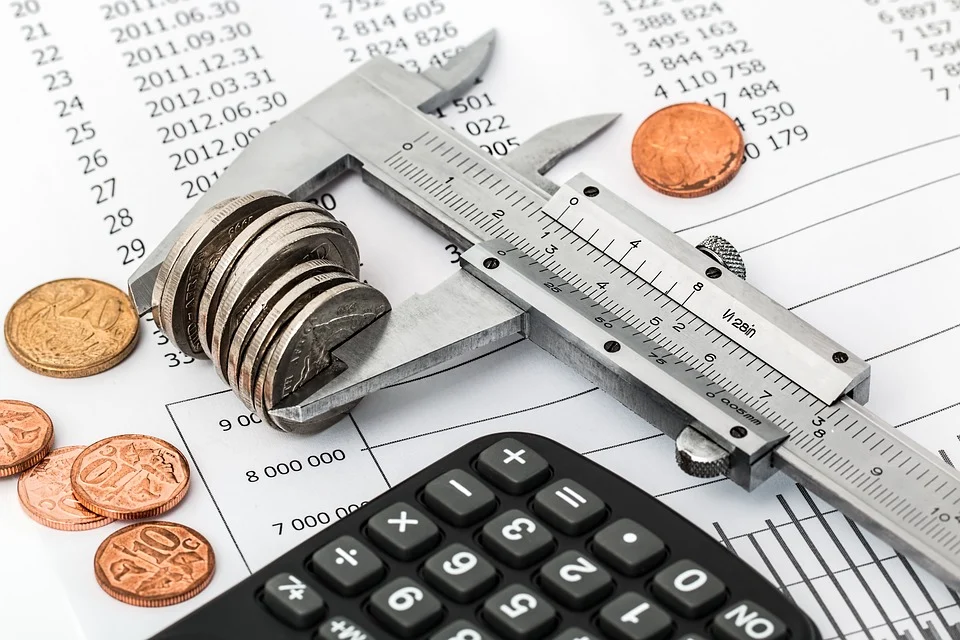
If you have a brick-and-mortar store near Ontario and plan to expand your business, you need to know how much your construction project will cost within the market. The best way to break down the cost is by the square foot. If a building or addition is too expensive per square foot based on your budget and expected ROI, it will not be worth pursuing.
What Is the Cost Per Square Foot for Commercial Construction?
Cost per square foot refers to the price per square foot to complete either a portion of the building or the entire process. Cost per square foot is a way for builders to break down the cost of construction in an easy-to-calculate and easy-to-understand manner. For example, you could be quoted by the main contractor $500 per square foot for the whole job. If you increase or decrease the square footage of your build, it will change by $500 per square foot.
As a general rule, the cost per square foot of commercial construction varies by type of building. For example, a high-rise office building will cost more per square foot than a small retail store.
Explore Commercial Turnkey Services & Projects
BUILD IT’s Office Construction Service / BUILD IT’s Retail Construction Projects
Understanding the Basic Ingredients of Commercial Construction Costs Per Square Foot.
To calculate the construction cost per square foot, you must first understand the essential ingredients. The price of a commercial building includes:
- Location — Location is one of the most significant cost drivers because it can affect labor and materials costs. In some areas, labor rates are higher than in others, or a skilled workforce may not be available to complete your project. Materials also vary by region, and so does their price. For example, steel prices might be higher in one province due to environmental regulations on air quality or fuel costs for transportation.
- Size — Size matters when calculating average costs per square foot because more significant buildings tend to have more complex designs and more expensive materials than smaller ones. This makes sense when you think about it: If a large office building has ten floors instead of two floors, then you will need escalators, elevators, stairwells, and other mechanical systems that would not be required if only two stories were involved in your project (unless you’re building an apartment building). You’ll also need more insulation since rooms will likely have large open spaces rather than walls separating them from each other, like in an apartment building where all apartments share common walls.
- Material Costs — Material costs comprise roughly 80% of total construction costs.
- Design — A great design doesn’t come cheap, so if something hasn’t been considered during the planning stages, the price of your project will likely increase. A good example would be a building that has windows on two sides: If you want them to be different shapes, sizes, or materials, then this will add to your costs since labor costs are higher when workers need to perform multiple tasks.
- Site Work — Site work includes grading, excavating, and laying the foundations for buildings. This can also include building retaining walls to prevent soil erosion in common water run-off areas (like rivers).
How to Calculate Commercial Construction Cost Per Square Foot
When determining the cost of commercial construction, you’ll want to know how many square feet (SF) your building will measure. This will help you calculate the total construction cost, including all materials and labor costs associated with building a new structure.
To determine this figure, use the following formula:
Total Cost of Construction = Square Footage x Per Square Foot Cost
Per square foot costs vary depending on the structure you’re building. For example, industrial facilities tend to be more expensive than office buildings due to their specialized needs and features.
The Bottom Line for Commercial Construction Costs Per Square Foot
The cost of commercial construction per square foot can vary widely. Your initial investment into your business is likely to be one of the most significant investments in your business life, so it’s essential to know how much it will cost you before committing to a project in full.
- Size and scope of the building. For example, a small office space would require fewer materials than an apartment complex or hotel.
- The number of floors being built at once (if any). For example, if all floors are being constructed concurrently, labor costs will be lower, but more material may need purchasing up front. Also, consider if any special features, such as balconies or skylights, require additional material/labor costs because they’re not standard items. If so, these could increase overall costs significantly depending on their purpose within each project’s design plan.
- Building location (city vs. suburb). Construction costs tend to vary based upon location due mainly because labor rates vary by region–as well as specific materials being available locally, which reduces transportation fees associated with bringing them from overseas manufacturers instead.
Conclusion
With so many factors, commercial construction costs can take time to calculate. The best way to do it is by working with an experienced Canadian contractor who understands how local conditions affect your project’s price per square foot. They will be able to give you a more accurate estimate and help you plan accordingly from the beginning. If you have any questions or comments, contact us here BUILD IT’s contact info.
Need a Quality & Tested Commercial Construction Solutions & Services?
Click here to see BUILD IT’s Commercial & Industrial Construction Solutions & Services
